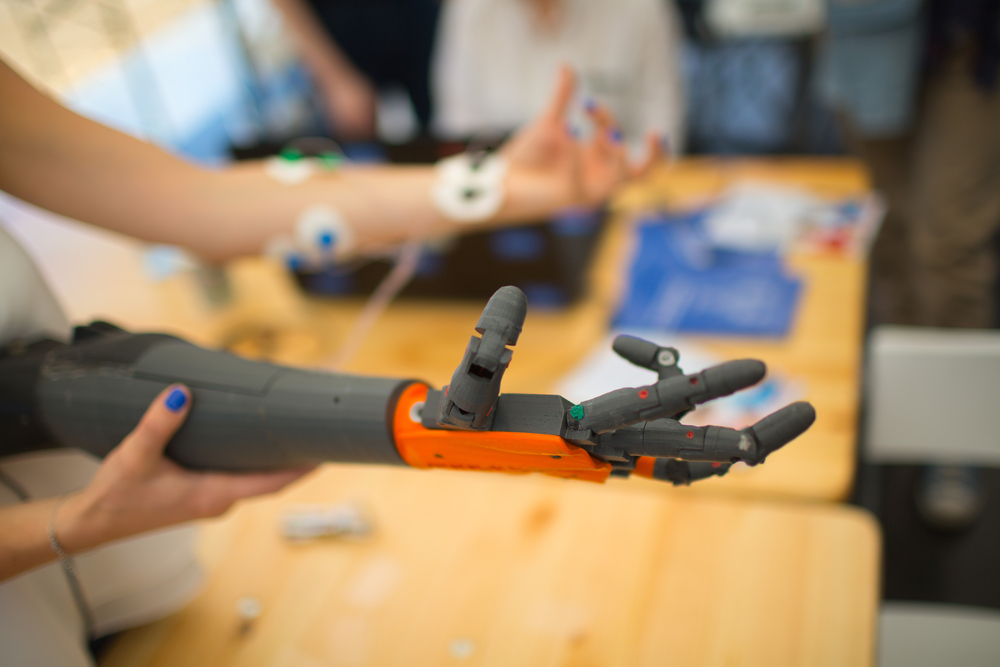
1. Electronic skin
Skin is the biggest organ and its job is to protect our muscles and bones, so no wonder it’s the most easily damaged organ. When you scratch it, cut it, burn it or rip off a piece of it, you will feel an incredible pain. Although it has the ability to regenerate (the time it takes depends on the wound), it’s still uncomfortable.
Don’t worry, because scientists got you! A scientist from Stanford, Zhenan Baohas, managed to invent a material that is flexible, durable and also sensitive. This can actually be the basis for what we can call future synthetic skin. Although there are many other scientists who tried to create some sort of synthetic skin, Zhenan Baohas is the only one that created a material that handles touch sensitivity so well. She used good materials, such as organic transistors and elastic solar cells. These allow the material to stretch a lot, without damaging it!
2. Artificial eyes
When people lose their sight, it’s very hard and sometimes even impossible to get it back. Their retinas stop sending signals from their photoreceptors to people’s brains. In order to create a synthetic eye, researchers should understand the way the retina operates those signals.
A group of scientists from Weil Cornell Medical College managed to produce artificial retinas, that were tested on monkeys and mice. The chips from those retinas are able to transform images into electronic signals. Also, they can transform electronic signals into light. They tested their invention on mice and the results were amazing: the artificial eyes restored sight to blind mice. After a while, they transferred the experiment onto monkeys and the results are promising, due to the fact that it has been found that humans’ and monkeys’ retinas work in a similar way.











































